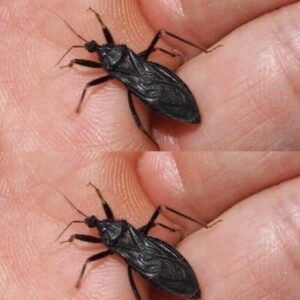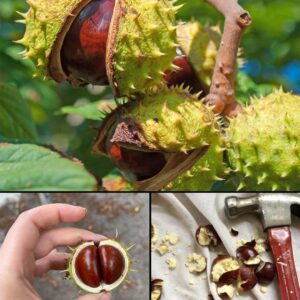Earwax, or cerumen, is crucial for ear health, protecting against dirt and bacteria. Its color and texture can signal health issues: Gray: Often from pollution, no worries unless irritation occurs.Blood: Indicates injury or a perforated eardrum, see a doctor.Dark Brown: May result from stress, relax to reduce it.Black: Could suggest a fungal infection, seek treatment.White: Might indicate vitamin deficiencies, improve diet.
Strong Smell: Possible middle ear infection, get checked Liquid: Signals infection, see a doctor.
Dry: Linked to dehydration or low-at diets, stay hydrated and eat healthy.To keep ears healthy, avoid overcleaning, stay hydrated, protect from noise, and consult a doctor for persistent changes or discomfort.





